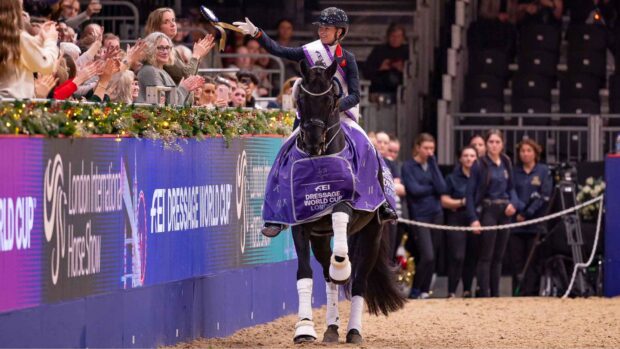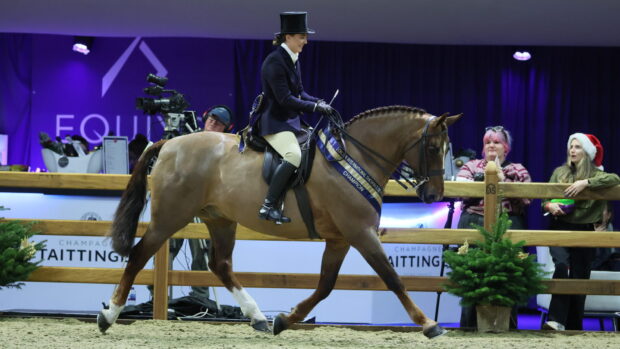The death of two riders and 10 horses has inspired Police Scotland to release a film highlighting the consequences of dangerous driving.
The video features riders out hacking and ties in with the force’s ‘Lose the Blinkers’ road safety campaign, which was launched last month.
A driver is shown failing to anticipate the presence of horses on the road ahead with dramatic consequences.
The campaign, supported by the British Horse Society and Glasgow City Council, aims to reduce horse and rider injuries and deaths as a result of vehicles passing too closely and quickly.
Since 2010, two riders have been killed and 50 injured on Scotland’s roads.
During the same time period, 10 horses have been killed and 43 injured on roads in Scotland.
Plain clothed officers from Police Scotland’s mounted branch have been patrolling areas of concern and recording incidents of bad driving on camera.
Motorists have also been stopped by officers and educated about the hazards of passing horses incorrectly when their behaviour requires improvement.
This month the force is moving onto the “enforcement phase” of the campaign, and urges all road users to “take care and drive or ride appropriately at all times”.
Continued below…

Top vet identifies ‘naughty’ behaviours that might show your horse is lame
The latest research by Dr Sue Dyson to identify lameness through a horse’s behaviour and facial expressions has successfully completed

How can I stop my horse from napping?
Jason Webb helps one H&H forum user with a napping problem
“We recognise the vulnerability riders experience on our roads and this campaign is aimed at both riders and those who may come across them, as we all share the same road and need to show mutual respect,” said inspector Janet Dickie.
“I am urging all drivers to give horses as much room as possible when you pass, as failure to give sufficient space is considered careless or even dangerous driving. Drivers may face prosecution if they do not pass with suitable care.
“Likewise, I am urging all horse riders to make sure they are as visible as possible, particularly as the days shorten, by wearing high visibility clothing, using lights and giving clear signals.”






















